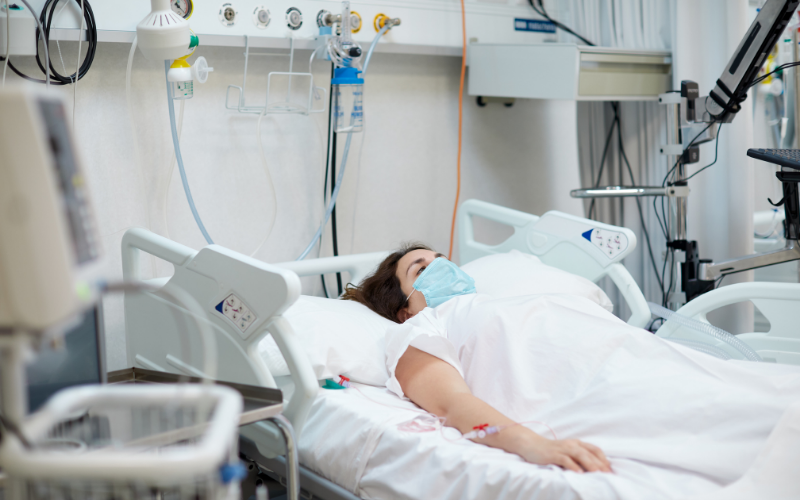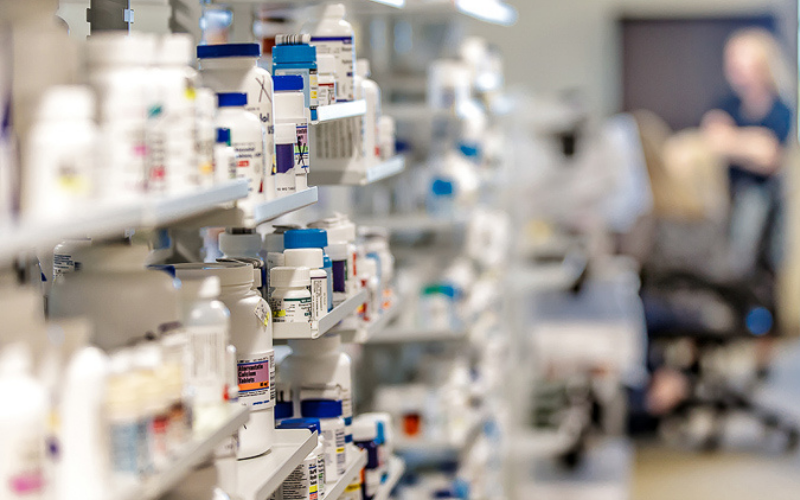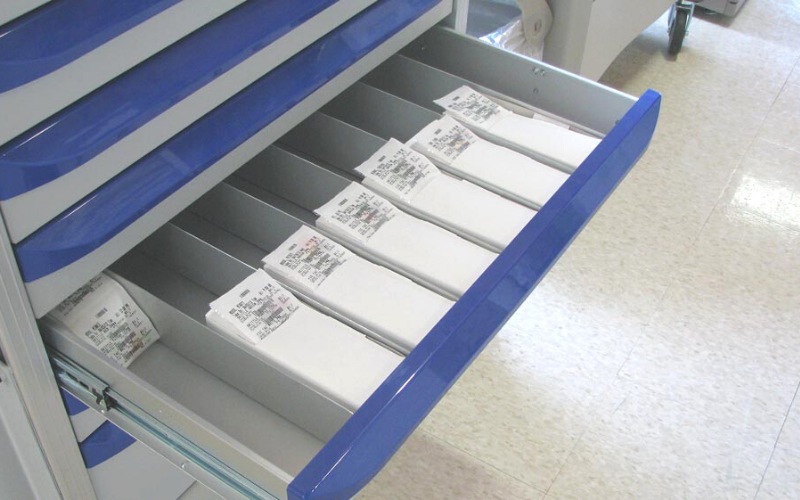There is no question that health system operations — including those in the pharmacy — have been strained by the onset of the COVID-19 pandemic. Now that it has been almost a year of the “new normal,” we must adjust to remain successful. For hospital pharmacies, this includes leveraging visibility for supply chains, keeping employees and patients safe, and physical distancing in tight care delivery spaces — all areas in which health system pharmacies will need to continue to excel in to keep operations efficient and cost effective in 2021.
Inventory Management for Successful Care
While at times, ED admissions generally went down as a result COVID-19, the patients that were admitted with COVID-19 had stays that lasted much longer than average, requiring exponentially more resources, including medications. Unfortunately, many hospitals were not prepared to address inventory management and, thus, lacked understanding of where these critical medications were located.
When it comes to pharmacy operations, health systems are moving forward in new ways. Today, operations need to have complete visibility. The solution? A centralized hub model that can provide business intelligence for pharmacy supply chains, resulting not only in business intelligence for the supply chain in an effort to be prepared for what’s to come, but also for cost reduction.
Through the use of automation and automated inventory, replenishment processes such as low unit of measure to deliver efficiencies, as well as clinic distribution and centralized re-packaging for unit-dose medications, can be improved. These processes give pharmacies the ability to have the right medications, reduce costs, and have exponential savings that will set them up for success in the new landscape of health system pharmacy.

Increases in Patient Volume Make Efficiencies Critical
Additionally, when working quickly and under increased pressure, medication errors are naturally more likely to occur. In the pharmacy, it becomes incredibly critical to maintain the 5 Rs: Right patient, right drug, right route, right time, and right dose.
In order to manage these challenging factors, it becomes imperative to streamline workflows. Fortunately, this problem can be easily mitigated with automated dispensing technologies. When pharmacists and technicians are not required for medication verification activities, it can relieve burnout and prevent dangerous and costly errors.

Automation Means More Space in the Pharmacy
For a year now, staying six feet apart has been the standard, and that won’t be going away soon. So now more than ever, physical space in the pharmacy is critical. The same technologies that can accommodate automated dispensing and verification also reduce pharmacy footprint, freeing up floor space for physical distancing. Confidence and safety in the pharmacy can put staff at ease and reduce the likelihood of burnout and illness.
Vial-filling, pouch packaging, and blister card packing are all activities that can be handled by automated dispensing technologies. In addition to freeing up much-needed time for pharmacy staff and reducing medication errors, these types of automation also play a huge role in supporting patient medication adherence, which in turn can result in major cost savings for the health system.

Keeping Patients at Home & Employees Healthy
At a time when complex hospital admissions are increasing, and non-adherence rates cost the US government and health systems a combined $290 billion a year, preventing admissions is imperative. Doing so keeps patients at home and out of this hospital, allowing for improved outcomes as well as a cost-savings strategy. Medication management can be addressed through adherence packaging and a targeted program for complex patients on multiple medications and prone to non-adherence. Population health teams can utilize easy-to-use blister pouches in the form of unit dose and multi-med packs.
This type of packaging has been proven to increase adherence by over 30%, especially in older patients. Providing blister packaged medications upon discharge is a win for both the patient and health system and can be reinforced with home delivery options. This is especially relevant in today’s “new normal,” as many patients will be inclined to stay home and stay healthy.
These strategies are also beneficial in keeping hospital employees safe. Whether it is done through outpatient pharmacy, central fill and automation, or mail order compliance packaging, health system pharmacies must operate to maintain employee health.

Streamlining the Future
While challenges in “the new normal” will undoubtedly persevere, these strides towards streamlining pharmacy workflow can help drive success. Together with automation, we can achieve health system pharmacies that can perform above and beyond expectations, deliver effective care, and create a positive experience for staff and patients alike.
